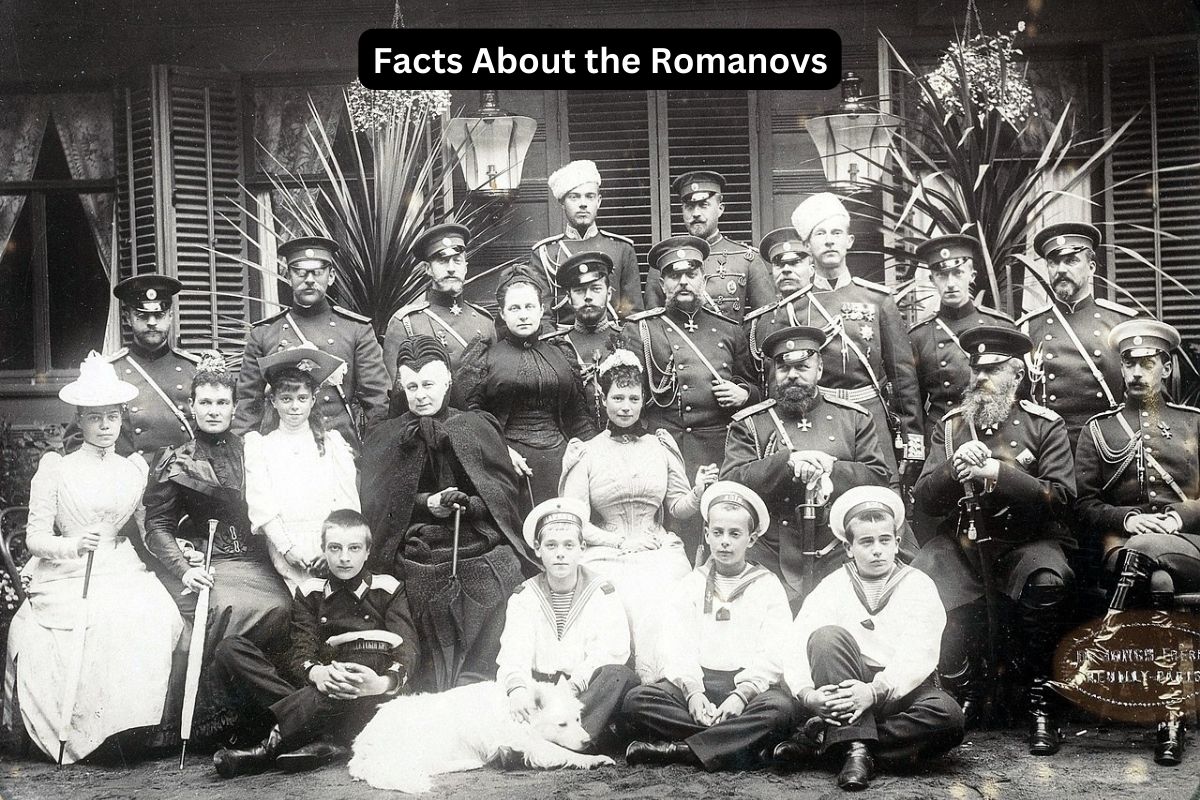In this article, we delve into the multifaceted legacy of the Romanov dynasty, the ruling family of Russia for over three centuries.
From their origins in the midst of political turmoil to their tragic demise during the Russian Revolution, the Romanovs left an indelible mark on Russian history and continue to capture the imagination of people worldwide.
We’ll explore their contributions to Russian culture, their role in expanding the empire, and the complexities of their autocratic rule. Additionally, we examine the enduring myths and legends surrounding the Romanovs, as well as the profound impact of their downfall on the course of Russian history.
Romanovs Facts
1. The Romanovs ruled Russia from 1613 to 1917
The Romanov dynasty was established in 1613 when Michael Romanov was elected as Tsar of Russia by the Zemsky Sobor, a representative assembly of the Russian nobility and clergy.
This marked the end of the Time of Troubles, a period of political chaos and foreign invasions following the death of the last Rurikid Tsar, Feodor I, in 1598.
Also Read: Timeline of the Romanovs
Michael I’s ascension to the throne brought stability to Russia and inaugurated the Romanov dynasty’s nearly 304-year-long reign over the country.
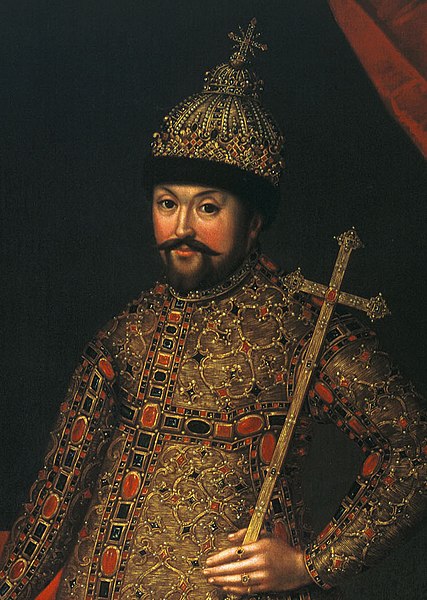
2. They oversaw the expansion of Russia’s territory
Under the Romanovs, Russia experienced significant territorial expansion, becoming one of the largest empires in history. This expansion was driven by a combination of military conquests, diplomatic maneuvering, and colonization efforts.
Particularly noteworthy was the acquisition of vast territories in Siberia, the Caucasus, and Central Asia. The reign of Catherine the Great in the 18th century saw the empire’s greatest territorial growth, including the annexation of Crimea and the partitioning of Poland.
3. The dynasty upheld Orthodox Christianity as the state religion
The Romanovs played a crucial role in the promotion and preservation of Orthodox Christianity as the dominant religion in Russia. The dynasty maintained close ties with the Russian Orthodox Church, which held considerable influence over both religious and secular affairs.
Also Read: Facts About Tsar Nicholas II
The Tsars upheld the Church’s authority and actively supported its institutions, contributing to the spread of Orthodox Christianity throughout the Russian Empire.
The close relationship between the Romanovs and the Orthodox Church reinforced the notion of the Tsar as the divinely appointed ruler, further legitimizing their authority in the eyes of the Russian people.
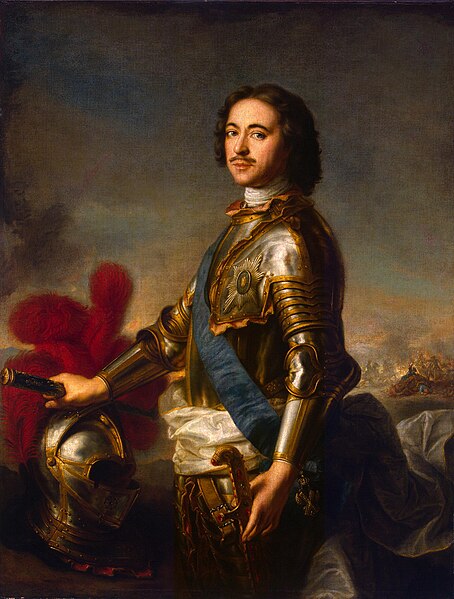
4. Several Romanov rulers implemented reforms to modernize Russia
Throughout their reign, various Romanov rulers implemented reforms aimed at modernizing Russia and strengthening its position on the world stage.
One of the most notable reformers was Peter the Great, who ascended to the throne in 1682. Peter embarked on a series of ambitious reforms known as the “Westernization” or “Europeanization” of Russia.
His reforms encompassed various aspects of Russian society, including the military, administration, economy, and culture. Peter introduced Western-style military tactics and technologies, reorganized the government bureaucracy, and established a new capital city, St. Petersburg, modeled after European cities.
He also encouraged education and cultural exchange with Western Europe, aiming to bring Russia into the fold of European civilization.
5. They ruled autocratically, with the Tsar’s authority considered absolute
The Romanovs ruled Russia with absolute authority, maintaining a system of autocracy where the Tsar’s power was considered to be ordained by God. This autocratic rule was reinforced by the concept of “Tsarist sovereignty,” which held that the Tsar had complete control over the state and its subjects.
The Tsar exercised authority over all aspects of Russian life, including politics, religion, and the economy, with little to no checks on his power.
This centralized form of government enabled the Romanovs to maintain control over a vast and diverse empire, but it also contributed to social inequality, political oppression, and periodic outbreaks of unrest and rebellion among the Russian populace.
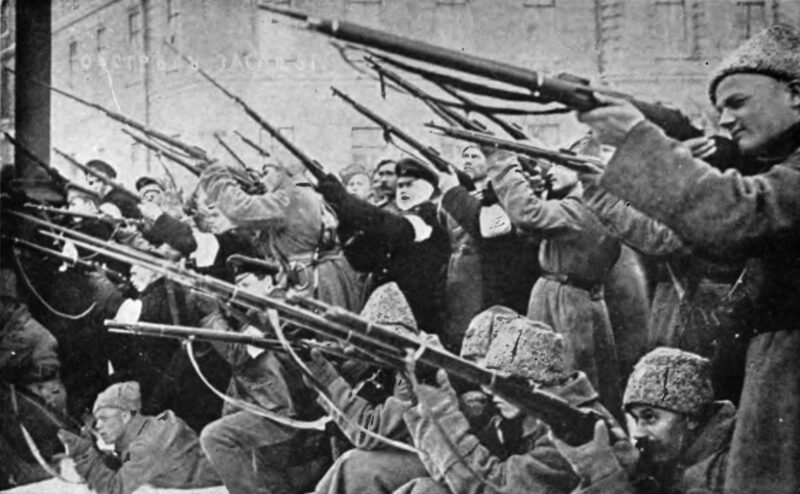
6. Dissatisfaction with Romanov rule led to the Russian Revolution of 1917
Despite efforts at reform and modernization, the Romanovs faced growing discontent and opposition from various segments of Russian society. By the late 19th and early 20th centuries, Russia was grappling with widespread social, economic, and political challenges.
Industrialization and urbanization brought rapid changes to Russian society, leading to the emergence of a discontented urban working class.
Additionally, Russia’s involvement in costly wars, such as the Russo-Japanese War and World War I, strained the economy and further fueled public dissatisfaction. Political opposition to Tsarist autocracy grew, with revolutionary movements, including socialists, liberals, and anarchists, advocating for political reform and social change.
These tensions ultimately culminated in the Russian Revolution of 1917, which resulted in the overthrow of the Romanov monarchy and the establishment of a socialist government led by the Bolsheviks under Vladimir Lenin.
7. Nicholas II was the last Tsar, abdicating in 1917
Nicholas II, the last Tsar of Russia, ascended to the throne in 1894 following the death of his father, Alexander III. His reign was marked by a series of challenges, including political unrest, economic turmoil, and military setbacks.
Nicholas, characterized by his conservative beliefs and commitment to autocracy, faced mounting pressure for political reform as dissatisfaction with his rule grew among various segments of society.
Despite some efforts at modernization and industrialization, Nicholas’s leadership failed to address the deep-seated issues facing Russia, ultimately contributing to his downfall.

8. Nicholas II and his family were executed by Bolshevik revolutionaries in 1918
Following the Russian Revolution of 1917, Nicholas II and his family were placed under house arrest by the Bolshevik government led by Vladimir Lenin. In July 1918, fearing that the Romanovs could become focal points for counter-revolutionary sentiment, the Bolsheviks ordered their execution.
In the early hours of July 17, Nicholas, his wife Alexandra, their five children, and several loyal servants were taken to the basement of the Ipatiev House in Yekaterinburg and summarily executed by Bolshevik guards.
The brutal and tragic end of the Romanov family marked the definitive conclusion of Tsarist rule in Russia and symbolized the end of an era for the Russian Empire.
9. The Romanovs left a complex legacy, including cultural contributions and autocratic rule
The Romanov dynasty left a complex and enduring legacy in Russian history. While they presided over periods of great cultural flourishing and territorial expansion, their autocratic rule and resistance to political reform also contributed to widespread discontent and eventual revolution.
The execution of Nicholas II and his family elevated the Romanovs to the status of martyrs in the eyes of some Russians and fueled a rich mythology surrounding their lives and tragic demise.
Over the years, numerous legends, conspiracy theories, and romanticized depictions of the Romanovs have emerged, capturing the imagination of people around the world and ensuring their enduring place in popular culture.
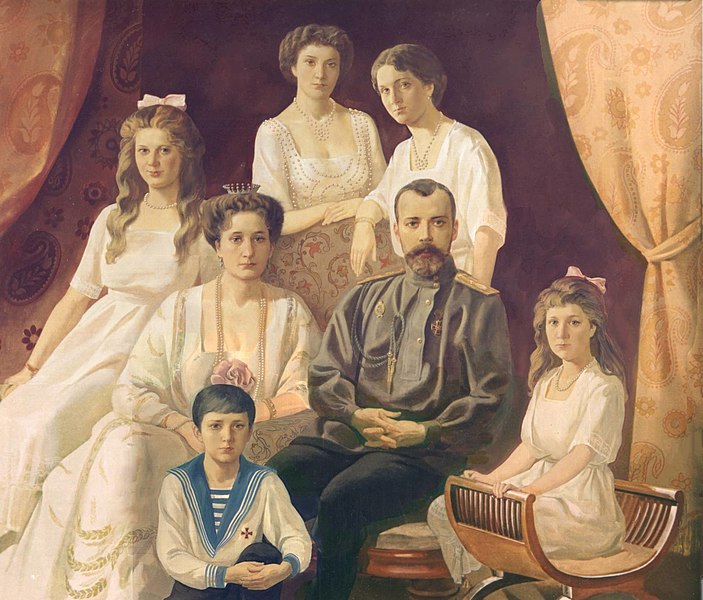
10. Their execution marked the end of Tsarist rule in Russia, leading to the establishment of the Soviet Union
The execution of the Romanov family marked the definitive end of Tsarist rule in Russia and paved the way for the establishment of the Soviet Union. With the overthrow of the Romanov monarchy, Russia entered a new era of communist rule under the leadership of the Bolshevik Party.
The Bolsheviks, inspired by Marxist ideology and driven by a desire to create a socialist society, initiated sweeping political, economic, and social changes that fundamentally transformed Russian society.
The demise of the Romanov dynasty symbolized the triumph of revolutionary forces and the beginning of a new chapter in Russian history characterized by socialist experimentation, political repression, and the eventual collapse of the Soviet Union in 1991.
